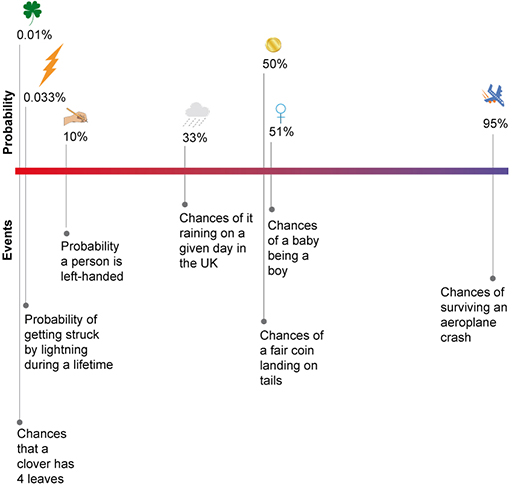2.1 Everyday fact-finding
Fact-finding is something that people do day-in, day-out with such ease that they rarely think about it. Fact-finding is a type of inference. Inference is where we draw conclusions by combining evidence that we hear or see with existing knowledge. For example, when a person’s mobile phone alarm goes off (evidence) and even before they open their eyes, they infer that it is 7 a.m., (fact) on the basis that that is the time the alarm always goes off. And if there is a knock at the door (evidence) they infer before opening the door that it is a delivery (fact) because they are expecting a parcel and not a visitor.


Notice that the factual inferences are never certain. If you imagine a scale from 0 to 100% where 0% is impossible, 50% is evenly balanced, and 100% is absolute certainty, all factual inferences will fall somewhere along that scale (see Figure 4). When the alarm goes off, the person might think it 99% certain that it is 7a.m., but they could be wrong. Their dastardly housemate might have changed the time, they might have forgotten that the clocks went back, or they may have pressed the ‘snooze’ button earlier. They might infer that it is 80% likely that the knock on the door is the delivery driver, but perhaps it is instead a neighbour who has locked himself out of his flat, or a group of police officers coming to arrest him for that jewellery heist in the 1970s he thought he had got away with.
In the next section, you will see how legal fact-finding is similar to everyday fact-finding.


